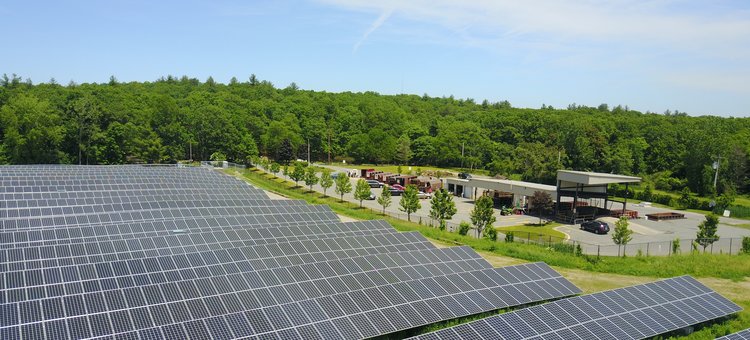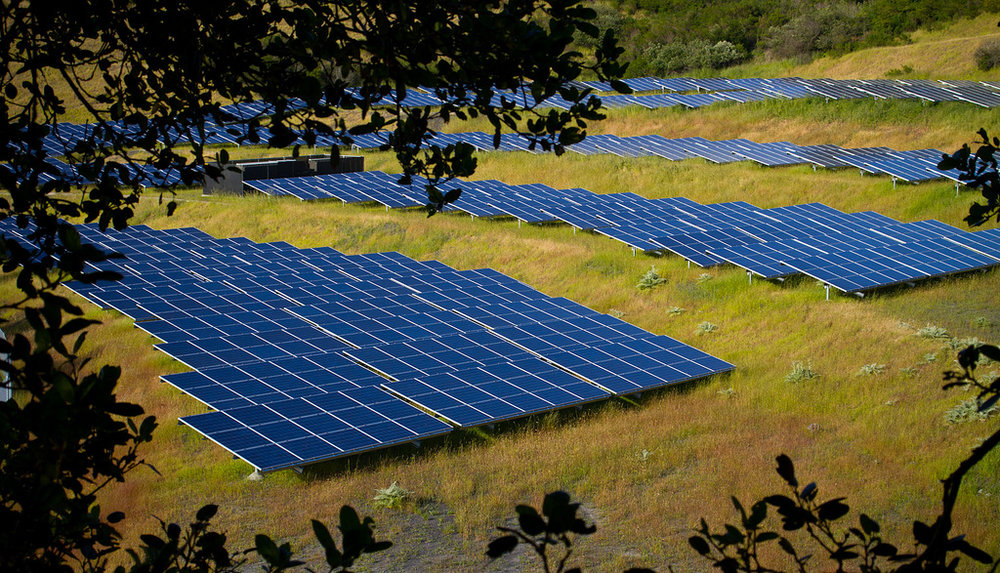Despite its northern latitude, Massachusetts has long been one of the leading states in solar energy. Now, a new set of regulations will define the state’s solar market over the next several years. For those too busy to dive into dense regulatory documents, here’s a summary of the new guidelines.
Table of Contents
The Road to SMART Regulations
Quick starts and stops in Massachusetts’s community solar market have shown people’s enthusiasm for solar energy, but also the importance of well-designed energy policies. Until recently, Massachusetts community solar projects have benefited from two state incentive programs: virtual net metering and renewable energy credits (RECs). Net metering allows producers of renewable energy to get credit for their contribution to the electric grid. In the case of community solar, this means that customers who subscribe to a local solar garden will see credits on their electric bill for the energy that their allotment produces—and see a net discount on their energy costs.
Massachusetts, like many states, has also implemented a renewable energy portfolio standard, setting enforceable goals for the proportion of energy that comes from renewable sources each year. In order to achieve these goals, utilities must buy renewable energy credits (RECs) from renewable energy producers. Solar has seen additional benefits from this incentive structure, receiving a higher degree of compensation for special solar renewable energy credits (SRECs). This incentive regime was so popular among solar developers that they quickly hit new capacity caps, triggering a need for emergency regulations for the next phase of solar development.

New Regulations Will Help Growth, But Still Lack in Key Areas
Out of this process, which has dragged on for months and effectively paused the market’s development, came the SMART (Solar Massachusetts Renewable Target) program. Recently submitted to the Department of Energy Resources, SMART replaces the state’s current solar incentive program and covers the next 1.6 GW of generating capacity (just under 1.6 GW of solar have been installed to date).
SMART gets rid of the REC program’s preferential treatment for solar and revamps net metering in an attempt to more accurately value different forms of solar energy. Previously, electricity produced by all solar farms was compensated equally. Now, all solar projects will receive a base rate of compensation—determined using an initial competitive process—which will then be adjusted with “adders” and “subtractors” to account for positive and negative social and environmental impacts.

Projects can receive adders for being sited on locations such as rooftops, select bodies of water, brownfields, capped landfills, and unused agricultural land, while they would be hit with a subtractor for developing a project on previously undeveloped land. Adders are also available for projects that encourage equity in the solar market, such as community solar and public projects, and projects that serve low-income communities.
The most recent version of the regulations pleased solar advocates by eliminating hard caps on the number of projects that can benefit from adders. Still, the compensation rates for low-income projects see steep cuts under SMART. No new projects serving private affordable housing projects have been built under the most recent net metering regime, and SMART compensation levels are still lower.
Furthermore, SMART does not allow households to subscribe to community solar projects across the lines of utility territories. This particularly limits community solar access for residents of the Boston area, where open land is scarce. Low-income urban households spend a high proportion of their income on energy costs, and would see the greatest benefit from the savings that community solar offers. Until these households can subscribe to any solar garden in the Commonwealth, they will miss out on these savings.
The SMART program is a new era for community solar in Massachusetts–one that will bring growth, but which will require redoubled efforts to expand solar inclusion. Equity has always been one of the most prominent failures of our energy system, and it’s no surprise that institutions continue to be challenged in their attempts at inclusivity. Citizens, advocacy organizations, and industry players will need to redouble their collaborative efforts to bring about true equity in our energy systems.




